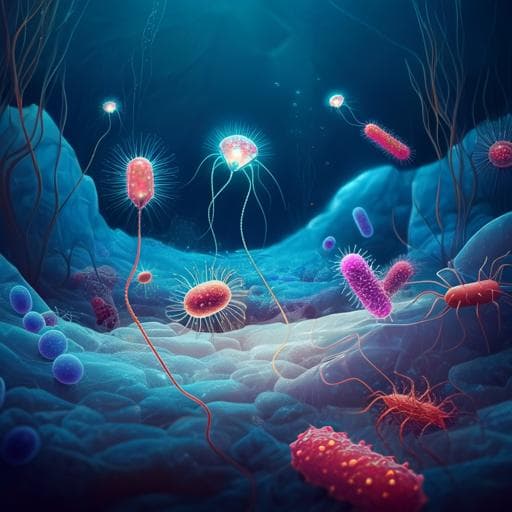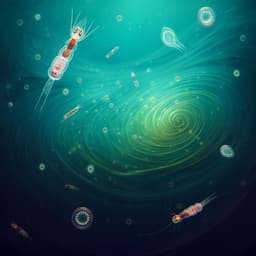
Biology
Viruses under the Antarctic Ice Shelf are active and potentially involved in global nutrient cycles
J. Lopez-simon, M. Vila-nistal, et al.
Dive into the fascinating world beneath the Ross Ice Shelf, where a diverse community of endemic viruses plays a crucial role in microbial metabolism and global nutrient cycles. This groundbreaking research by Javier Lopez-Simon, Marina Vila-Nistal, Aleksandra Rosenova, Daniele De Corte, Federico Baltar, and Manuel Martinez-Garcia unveils the intricate interactions of viruses and their chemosynthetic hosts in extreme polar environments.
~3 min • Beginner • English
Related Publications
Explore these studies to deepen your understanding of the subject.







